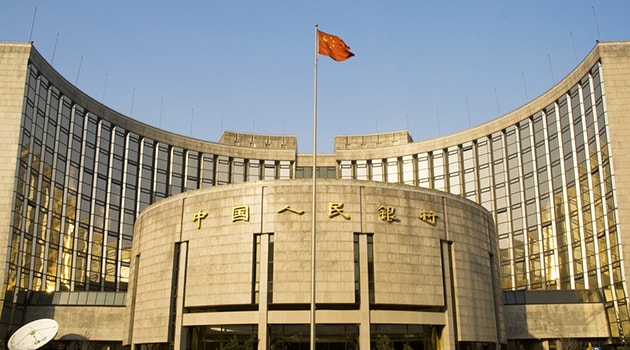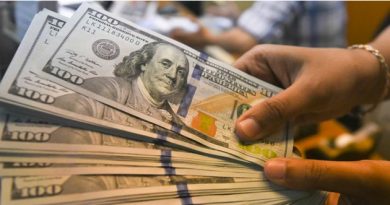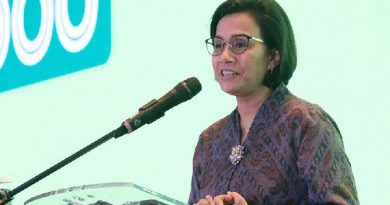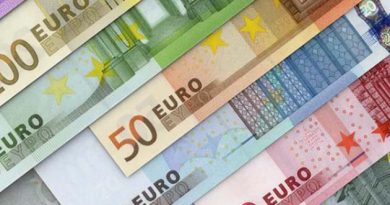China Creates Super Regulator for $43 Trillion Finance Industry
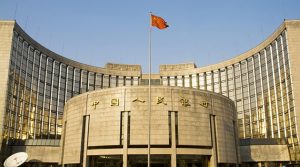
China is giving its central bank the power to write the rules for the financial sector, as part of a sweeping overhaul aimed at closing regulatory loopholes and curbing risk in the $43 trillion banking and insurance industries.
The China Banking Regulatory Commission and the China Insurance Regulatory Commission will be merged in the biggest industry overhaul since 2003. Some of their functions, including drafting key regulations and prudential oversight, will move to the People’s Bank of China, according to a proposal unveiled Tuesday during the National People’s Congress.
A new regulatory structure with the PBOC as the pivot is emerging as the annual legislative meetings progress through their second week. Still to come are personnel appointments, including the expected anointment for Politburo member Liu He as a Vice Premier in charge of financial and economic affairs, making him President Xi Jinping’s go-to official as he seeks to avert a financial crisis after years of rapid credit growth.
“The PBOC has more power: It has added the role of lawmaking to its previous role as the adviser on monetary policy,” said Zhou Hao, an economist at Commerzbank AG in Singapore. “The PBOC’s role will largely be policy making and the newly merged bank and insurance regulator will mainly be the policy executor. And the other thing for sure is that Liu He will play a more important role in China’s reforms.”
Global hedge fund managers such as Kyle Bass have been scathing in their assessment of financial danger in the world’s second-largest economy, pointing to a ever-growing pile of debt and ballooning assets in recent years in the shadow-banking industry. China is among economies most at risk of a banking crisis, the Bank for International Settlements said in a study published Sunday, citing early-warning indicators including household borrowing.
“Finance is core to a modern economy and we must pay high attention to prevent financial risks and safeguard national financial security,” the text of the proposal published Tuesday said, adding that it’s intended to reconcile overlaps in regulatory oversight.
China announced the creation of a Financial Stability and Development Committee in July, and since then watchdogs overseeing banks, insurers and the stock market have intensified efforts to clamp down on shadow financing and other perceived risks. Regulators have focused on curbing the growth of wealth management products, trust products, and interbank liabilities, which fuel a vast parallel-financing industry.
Other signs of the growing power of the central bank include the PBOC’s adoption of a so-called Macro Prudential Assessment framework, to better gauge risks in the entire financial system as well as the health of individual institutions. Off-balance sheet wealth management products and other shadow banking activities were later included in the MPA.
The CBRC under Chairman Guo Shuqing has also shown its teeth by slapping a record fines on financial institutions for offenses such as concealing the true extent of their bad loans. The CIRC’s chairmanship, on the other hand, has been vacant since Xiang Junbo was removed in April amid a corruption probe.
Some insurers, including Anbang Insurance Group Co., which was taken over by the government last month, boosted sales by selling high-yield, short-term products in recent years and used proceeds to buy listed companies and overseas trophy assets. That prompted the top securities regulator to slam those using leverage to acquire shares as “robbers.”
Since 2016, the CIRC tightened scrutiny on the short-term products and restricted acquisitions by insurers.
Other signs regulators are getting to grips with risks include:
WMPs, one of the most dangerous corners of the country’s shadow banking industry, grew merely 1.7 percent in 2017 after an average annual growth of about 50 percent between 2013 and 2015
Interbank liabilities fell in 2017 for the first time in seven years
Over 2.9 billion yuan of penalties and confiscations of funds were imposed on 1,877 financial institutions in 2017, a 10-fold surge from the previous year
Some 270 banking executives were punished, including being banned from the industry for life
The crackdown on risks has fallen mostly heavily on China’s smaller banks, which have seen their borrowing costs rise as a result of the deleveraging campaign. Larger banks have been able to fall back on their extensive retail deposits for funding.
As the regulatory overhaul unfolds, a next key step is the appointment of personnel to run the new bodies. With PBOC Governor Zhou Xiaochuan expected to retire soon after 15 years in charge, the bolstered central bank is in line for new leadership. Guo Shuqing, head of the soon-to-be-merged CBRC, has been named among other officials as a potential successor, as has Liu and Hubei provincial party chief Jiang Chaoliang.
What’s clear is that Xi’s wants the state to be firmly in control of the financial sector.
Courtesy : Bloomberg , Economia-ICAEW .com
[social_warfare buttons=”Facebook,Pinterest,LinkedIn,Twitter,Total”]
